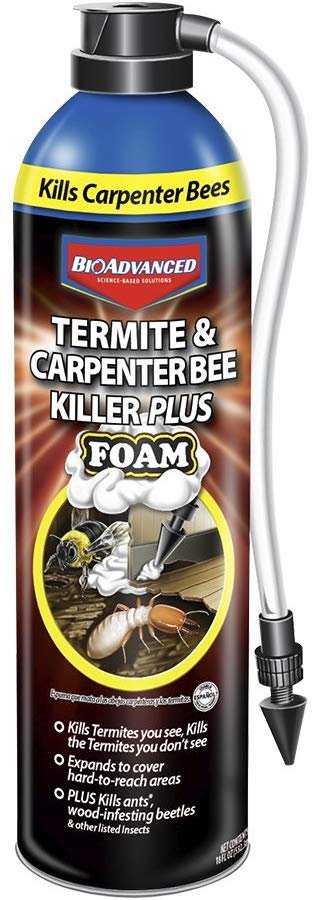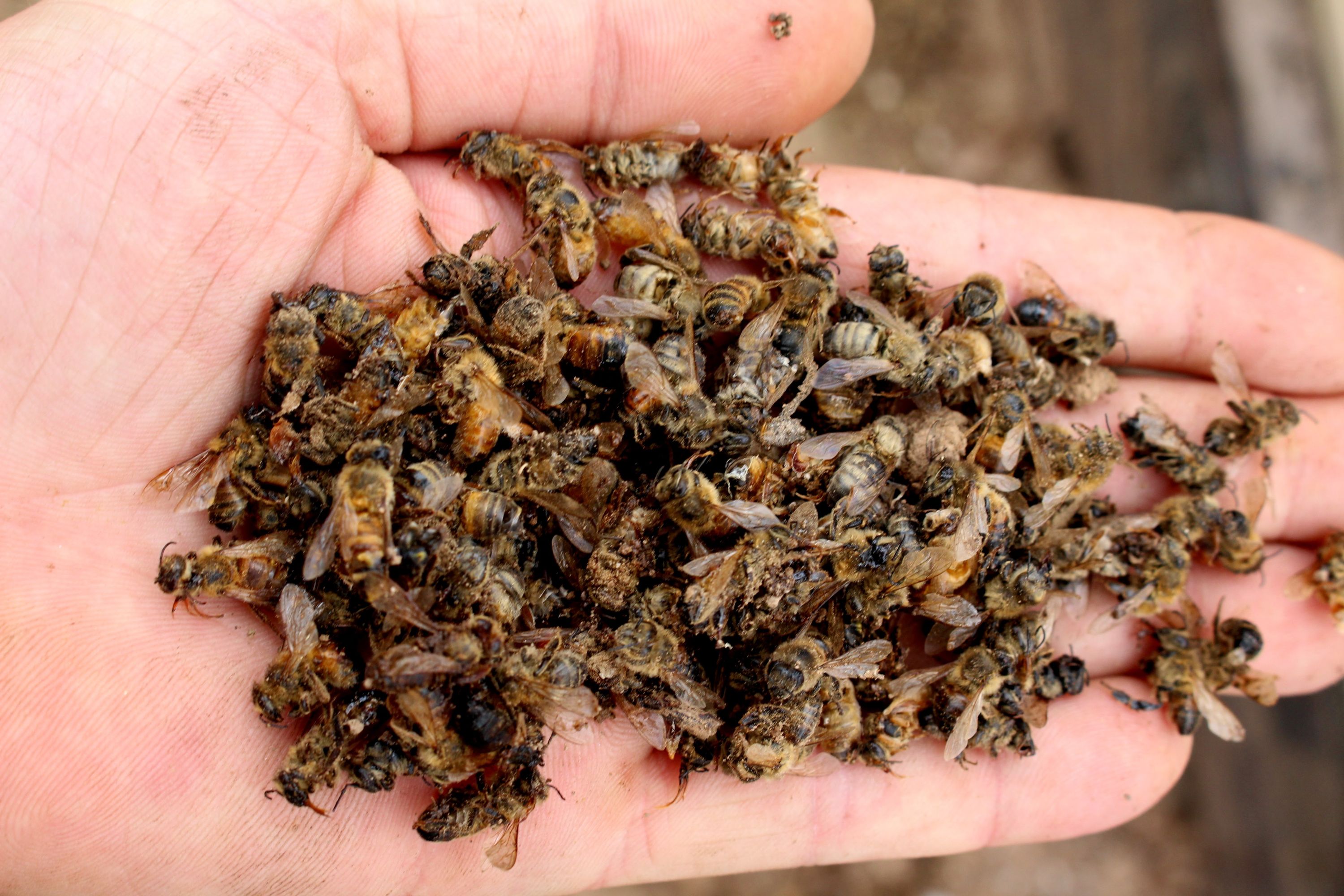

- #INSECTICIDES AND PESTICIDES KILL BEES HOW TO#
- #INSECTICIDES AND PESTICIDES KILL BEES PDF#
- #INSECTICIDES AND PESTICIDES KILL BEES FULL#
“high potential for reaching aquatic sediment via runoff” “a medium potential for reaching both surface water and aquatic sediment via runoff” “high potential for reaching surface water via runoff” Examine labels for Environmental Hazard Statements regarding the Soil Partition Coefficient and Aerobic Soil Metabolism Half-Life Phases as indicators of leeching and persistence potential. Therefore, utilizing chemical options that are less likely to leach into water supplies or are not persistent in soil will reduce the likelihood of off-target movement and non-target effects. Systemic pesticide residue contaminates in soil and water may also be taken up by surrounding vegetation. Systemic insecticide and fungicide residues may be translocated to all parts of a treated plant, including in the pollen and nectar where foraging pollinators may become exposed. Residual toxicity data for some active ingredients is available on the EPA Pollinator Protection web page at Systemic pesticides and the off-target movement of pesticide residues can increase potential exposure risks to bees. When using insecticides with extended residual toxicity (residues expected to cause at least 25 percent mortality more than 8 hours after application), it is imperative that applicators and growers carefully consider potential exposures to both wild and managed bees, and avoid applying pesticides to blooming plants (crops or weeds). Residual toxicity to bees varies greatly among pesticides, and can range from hours to a week or more.
#INSECTICIDES AND PESTICIDES KILL BEES HOW TO#
Although these precautions are based on toxicity to honey bees, they are also relevant to other species of bees, with some exceptions as noted in How to Reduce Bee Poisoning from Pesticides (PNW 591).

Key words to look for include “highly toxic to bees,” “toxic to bees,” and “residues.” Crop-specific precautions may also be listed on the label. Review the entire label for precautionary and advisory statements. Some pesticide labels may include a bee advisory box and a bee hazard icon to more clearly identify the pesticide’s potential hazard to bees. Specific precautionary statements designed to protect bees are usually found in the Environmental Hazards section of the pesticide label.

2013), but their sensitivity to pesticides has not been studied extensively.
#INSECTICIDES AND PESTICIDES KILL BEES FULL#
The full value of their pollination services to increased crop production is substantial, even in the presence of honey bees (Garibaldi et al. More than 1,600 species of bees are native to California, Idaho, Oregon, and Washington (Tepedino and Griswold 1995 U.S. is $3 billion or more (Losey and Vaughan, 2006, Chaplin-Kramer et. The estimated annual value of crops pollinated by wild, native bees in the U.S. Native wild (pollen) bees, including numerous species of bumble bees, mining bees, mason bees, sweat bees, leafcutting bees, and carpenter bees, are all prolific pollinators. For example, alfalfa seed production in the western United States is dependent on alfalfa leafcutting bees and alkali bees for pollination, and managed bumble bees are important for greenhouse tomato production and some covered row crops. While honey bees are the most economically important pollinators, other managed bees are important as well. Beekeepers from California and the Pacific Northwest together perform nearly half of the nation’s commercial pollination, valued at approximately $18 billion (Calderone 2012). This activity is economically significant.

Pollinators are essential to Pacific Northwest agricultureĬommercially managed honey bees pollinate a variety of crops in the Pacific Northwest, including tree fruits, berries, cucurbits, and crops grown for seed.
#INSECTICIDES AND PESTICIDES KILL BEES PDF#
The publication may be downloaded as a pdf or an app. Substantial portions of this article are taken from How to Reduce Bee Poisoning from Pesticides (PNW 591), written by Louisa Hooven, Ramesh Sagili and Erik Johansen.


 0 kommentar(er)
0 kommentar(er)
